When the term fly fishing is used in fishing circles the images of wader clad gentleman wearing khaki fly vests, delicately waving fly rods with grace and precision in high mountain streams in the search for wild trout, comes to mind.
Now for the average angler this can be a bit intimidating but for the majority of my fly fishing I’m generally dressed in my finest board and shorts doused in Aeroguard from head to toe. My casting could be described as somewhat between a council worker directing traffic and a bloke trying to whip a dead horse. But when my fly rod is fully loaded with 5kg of Riverina mud marlin and I’m watching the backing sing through the guides, then who cares about the fly fishing etiquette.
They may be an introduced species but that doesn’t mean it is wrong to target them in exciting ways and fly fishing ticks every box of exciting. There is nothing like spotting a cruising fish in the shallows, directing the cast with a wand as the fly lands in the strike zone and then watching the target inhale your deception. Then in an instance such finesse is turned into a battle of power, speed and adrenaline – now the battle is on!
As I have mentioned you don’t need to be an expert to get into the game of fly-fishing and it’s not as intimidating as it seems. Practicing on carp is a great way to get into fly-fishing and they do all the things us fly fisherman love. They are strong fighters, they tail when they feed, they are plentiful in most waterways, they don’t spook at a roughly placed fly and therefore they are perfect for beginners who are starting off in this sport.
Basic Fly Setup for Carp
A 6wt rod with a floating fly line will cover all your bases when targeting the good old rubber lip.
“A basic set up will cost you around $90 and that should include a rod, reel, line and a tapered leader.”
Pflueger do a fantastic rod and reel combo that retails at around $79.00 and feels like a much more expensive combo. It will perfectly suit anywhere from the beginner fly fisherman to the advanced angler.
Now to the leader material. An 8lb-tapered leader will help you roll most big carp in nasty structure. I’ve even dropped down to a 4lb tippet in really clear open water and I would have to say it’s some of the most thrilling fights I’ve had in the freshwater. To have fish regularly strip all your fly line off your reel and take you into the backing, is something that is usually reserved for the lucky saltwater anglers.
Flies for Carp
The fly you use depends on the feeding habits of the fish you are chasing and it can be pretty easy to tell when it comes to carp.
If the carp are out and about and mouthing the surface then large dry files are very effective. Also the great thing about fly fishing for Carp is that you really don’t need to match the hatch when it comes to fly presentation, if they see it they will suck it down without a second thought. For me I love large Hopper and Redtag patterns. Not only do carp love them but they are bright, they standout and are easily seen by feeding carp.
When Carp are cruising and have their head down, then a wet fly is the way to go.
Large Woolly Buggers and Mrs Simpson Flies are my favourite. A slow twitched Woolly Bugger in front of a cruising Carp will often result in a surprisingly aggressive rush on the fly followed by a howling run once the hook is set.
Techniques
One method that has worked for me time and time again especially when I’m teaching a new comer to the sport is baiting the water. When I first started fly fishing for carp I would sit on my local river and break off tiny pieces of bread and drift them down stream in a constant berley trail. In no time any carp in the vicinity would be mouthing up the berley trail ready to accept a well-presented fly. In lakes and lagoons it’s still very similar.
I find a stretch of bank about 200m long preferably on a windward bank where Carp will be already feeding and plenty of room for a back cast. I then lace the bank with small pieces of stale bread or rolled oats and wait. You then slowly walk the stretch of bank looking for signs of feeding fish. Either Carp actually mouthing or water swirls and mud clouds being stirred up from fish feeding on the burley. It’s then a matter of delivering a fly to the feeding area and holding on.
If the water is clear, a slow twitching technique works best as this makes the fly pulse forward slowly under the water. You don’t need a whole host of movement to get the attention from a carp – the slower the better. Once they have spotted the fly letting it sink slowly, even to the bottom will result in the best hook-ups as the carp will usually pick the fly up off the bottom.
This makes for some of the most visual forms of fishing! Being able to spot a cruising fish (especially in clear dam waters), before dropping the fly on their nose and watching them gobble it up. If you have never tried it – defiantly something you should give a crack, especially if you want to learn how to fly fish.
In closing, fly fishing is in no way only for the elite or upper class and is not as scary as it looks. Fly fishing for Carp is a great way to start what can soon turn into a fantastic past time or a full blown lifelong obsession into fly fishing, like it has been for me.
So get out there and have some fun and help clean out our waterways at the same time.
Good luck and fish on!
Chris Cotterill

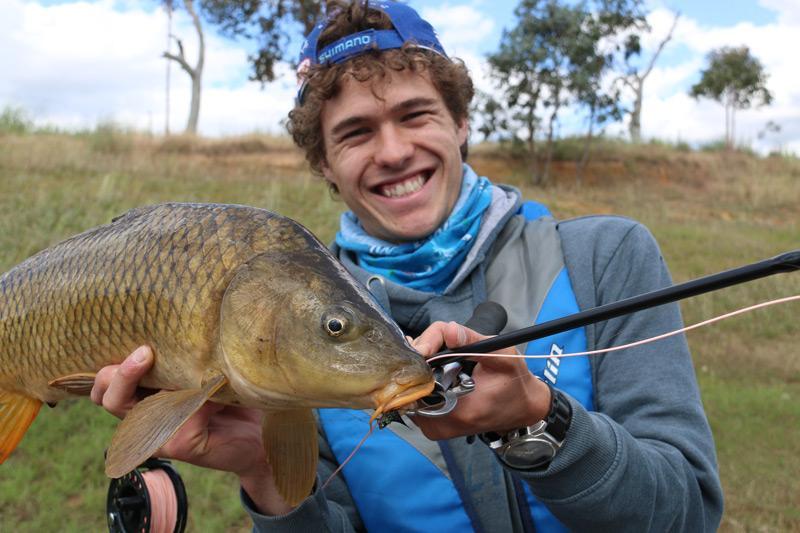
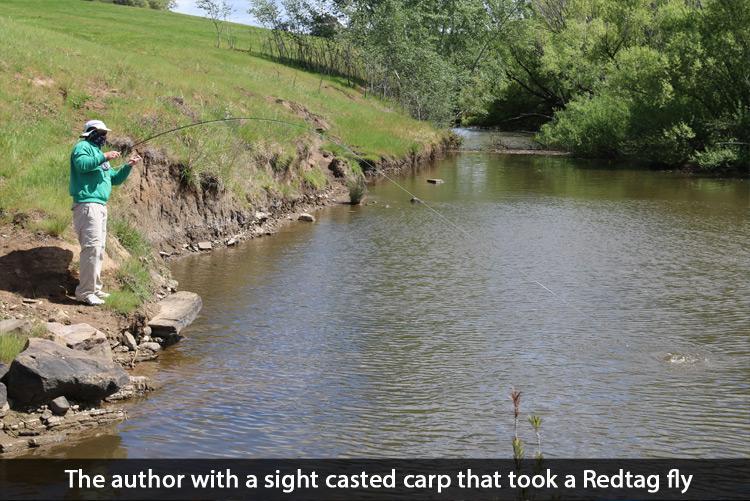
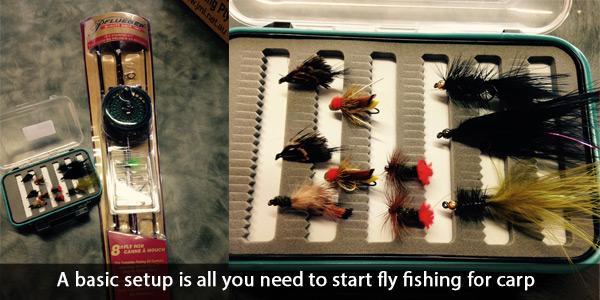
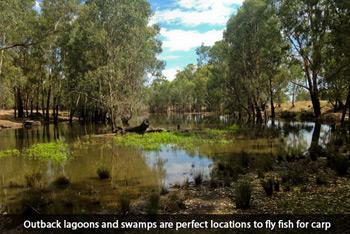
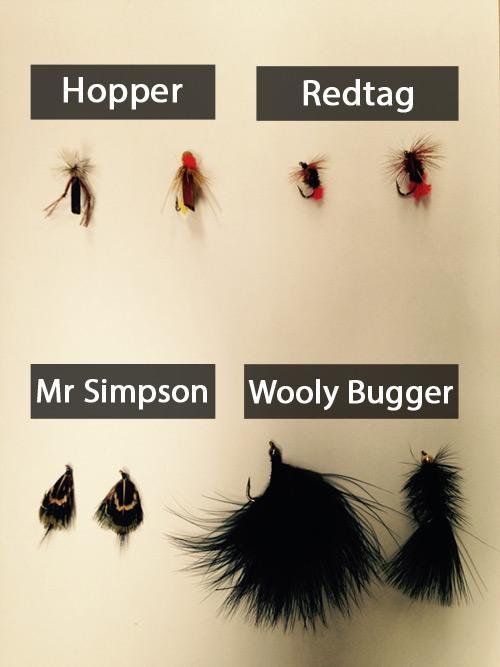
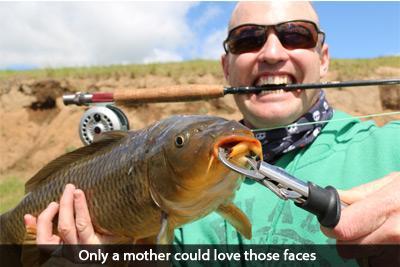
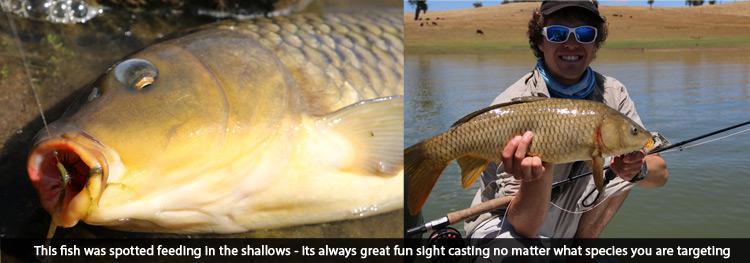
0 comments